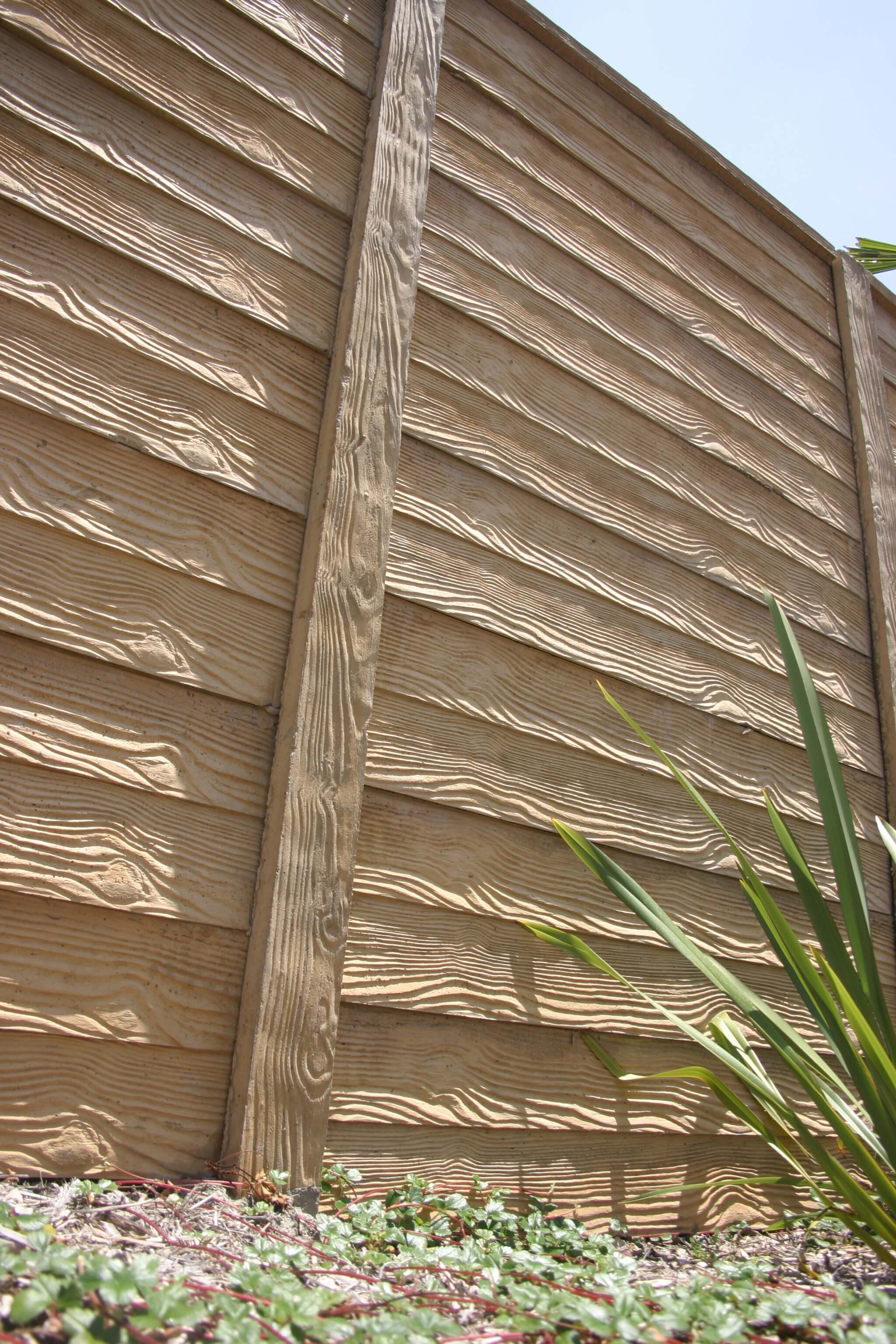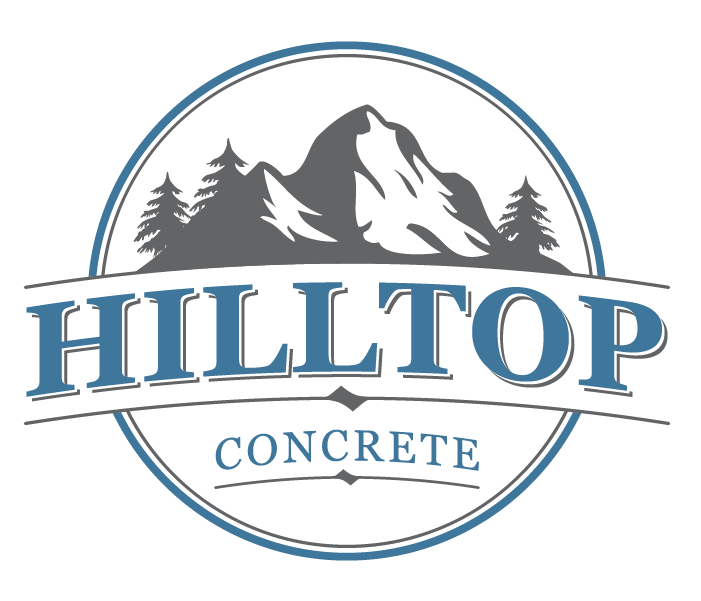It goes without saying that we love concrete here at Hilltop Concrete! Do you know the ingredients that make up concrete? Ultimately, concrete is a mixture of cement, air, water, and aggregates. Although we all understand the impact concrete has on our daily lives, look around - concrete is everywhere, the importance of aggregates in concrete is not often discussed. We believe in the quality of our precast concrete fence components and that quality is directly affected by the quality of aggregates used in our mixes.
Let us begin by explaining what an aggregate is. Aggregate is a term used to define any particulate material. Aggregates can be natural, manufactured, or recycled and include material such as gravel, crushed stone, sand, slag, recycled concrete, and geosynthetic aggregates. Aggregates make up approximately 60-80% of a concrete mix. Essentially, aggregates in the concrete act as a structural filler but they are much more important than what 'filler' implies. They provide compressive strength and bulk to concrete and have a significant impact on the workability, durability, strength, weight, and shrinkage of concrete. The type of aggregate used also impacts the visual appeal of the concrete once cured. This is an important quality that we take into consideration when manufacturing all of our precast concrete fence components.
Size matters! The size of the aggregate material used is one of the most important factors to consider when selecting the material to be used. Aggregate material can be large or small and categorized as either coarse or fine aggregates. Coarse aggregates, such as gravel, generally range between 9.5mm to 37.5mm in diameter, and fine aggregates, such as sand, are generally smaller than 9.5mm in diameter. It is typical for coarse aggregates to be blended with fine aggregate to fill in the spaces between coarse aggregate material. This ultimately reduces the amount of cement paste that is required in a concrete mix which will also reduce the amount of shrinkage that can occur. Carefully balancing the proportions of coarse and fine aggregates is important to preserve the strength, workability, and aesthetics of a concrete mix.
The shape also matters when selecting aggregates to be used in a concrete mix. The aggregate shape is generally a characteristic of the parent rock from which the aggregate has been produced. Rounded particles are water-worn or formed due to sustained pressure while angular or flaky particles are produced due to a rock crusher. Rough-textured, angular, or elongated particulate material should be avoided as it will require more water to produce a workable concrete mix. Smooth, rounded compact aggregate should be favored in order to ensure that the cement content does not have to be increased to maintain the water-cement ratio.
For a good concrete mix, aggregates should be clean. Washing aggregates before they are used in the mix helps remove dirt, clay, and debris that may compromise the integrity of the final concrete material. Using aggregates that have not been cleaned can lead to potential cracking in the future because it tends to create a drying effect. By selecting a clean aggregate, a quality product can be produced that will meet a variety of standards and specifications.
At Hilltop Concrete, we manufacture our precast concrete fence components with 5,000 PSI concrete to produce a product with strength and durability that other materials cannot match and our aggregate material plays a huge role in making this happen. Whether you are a general contractor, architect, engineer, developer, public works improvement project manager, or homeowner, Hilltop Concrete is available to assist on your next project. We know you have a choice when it comes to selecting your concrete fence contractor so please reach out to us today by email at hello@hilltopconcreteco.com or by phone at 903-630-5465 to learn more and determine if Hilltop Concrete is a good fit for your next project.

.png?width=697&height=597&name=Hilltop%20Logo%20WHITE%20(1).png)
